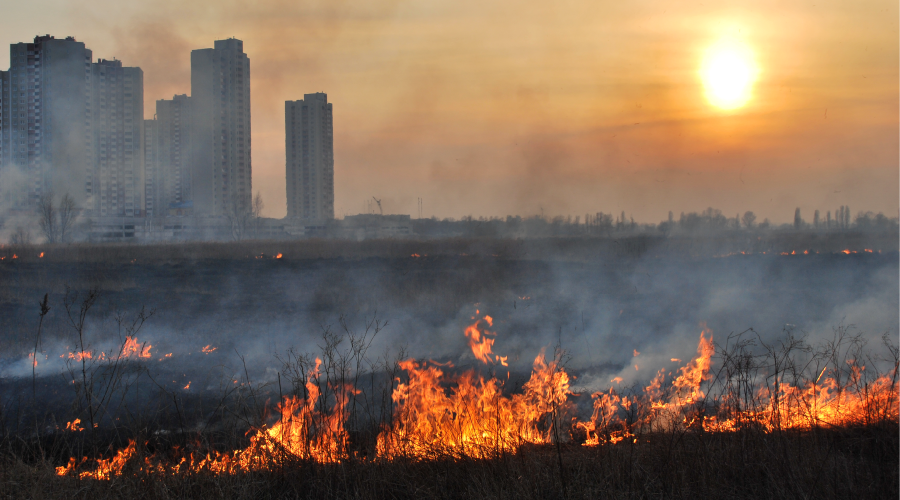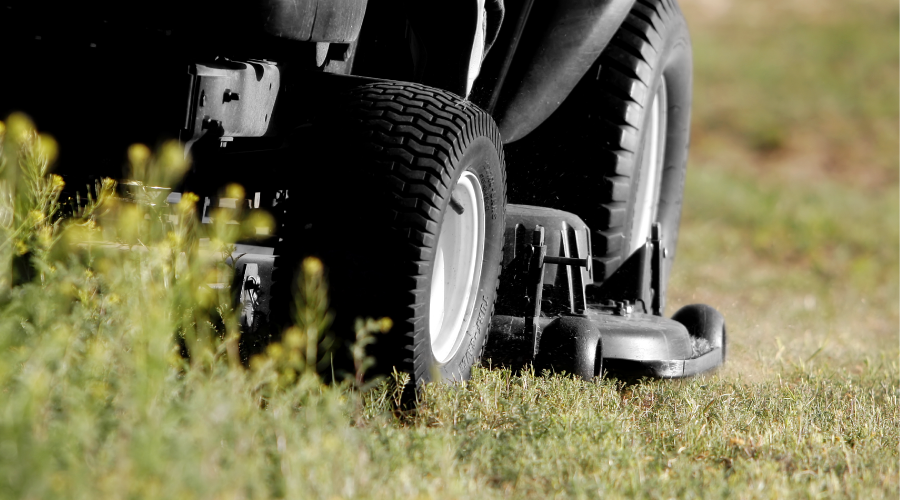
University Studies Wildfire Impact on IAQ
Sensors will collect data until January 2024 in 20 buildings of varied ages and locations across campus. June 23, 2023
By Dan Hounsell, Senior Editor
Three years ago, facility managers in institutional and commercial facilities faced the indoor air quality (IAQ) challenge of a lifetime: revamp ventilation and air filtration practices and systems to stop the spread of a deadly airborne illness. They met the challenge by gaining a better understanding of the way these systems and products control and even stop the dispersal of harmful airborne materials.
Now, 2023 has brought another IAQ challenge for facilities and managers: smoke from Canadian wildfires that has descended on Northern states and lowered air quality conditions in facilities to sometimes harmful levels. As before, organizations are addressing the challenge by gathering and analyzing data. Consider the actions of the University of Utah, where officials have identified clean indoor air as an essential maintenance component of the university’s facilities infrastructure.
To better understand what happens to the indoor air when the air quality outside is poor, the U Facilities’ SEED2SOIL program awarded research grants for two projects to establish an on-campus baseline for indoor and outdoor air quality.
The study, Networked Indoor Air Quality Measurements at the University of Utah, is monitoring 20 buildings of varied ages and locations across campus. Sensors will collect data until January 2024 to measure temperatures, relative humidity, carbon dioxide, and fine particulate matter. The sensor data will monitor daily and seasonal fluctuations in IAQ, indicating whether poor outdoor air conditions affect indoor air quality under different HVAC systems for each monitored building. A cloud-based, real-time data dashboard assists with quickly identifying concerns and evaluating changes made to a building’s HVAC system.
With the final data, ventilation and filtration strategies for buildings across campus will be reviewed to improve the health of our occupants while maximizing energy efficiency. Potential strategies include smart technologies or automation tools that can trigger enhanced ventilation when thresholds are met, improvements for building winterization, tips for augmented building filtration during an outdoor air quality event, and increased venting before and after commuting hours for facilities located close to roadways to avoid bringing heavily polluted air inside.
Dan Hounsell is senior editor of the facilities market. He has more than 30 years of experience writing about facilities maintenance, engineering and management.
Next
Read next on FacilitiesNet












